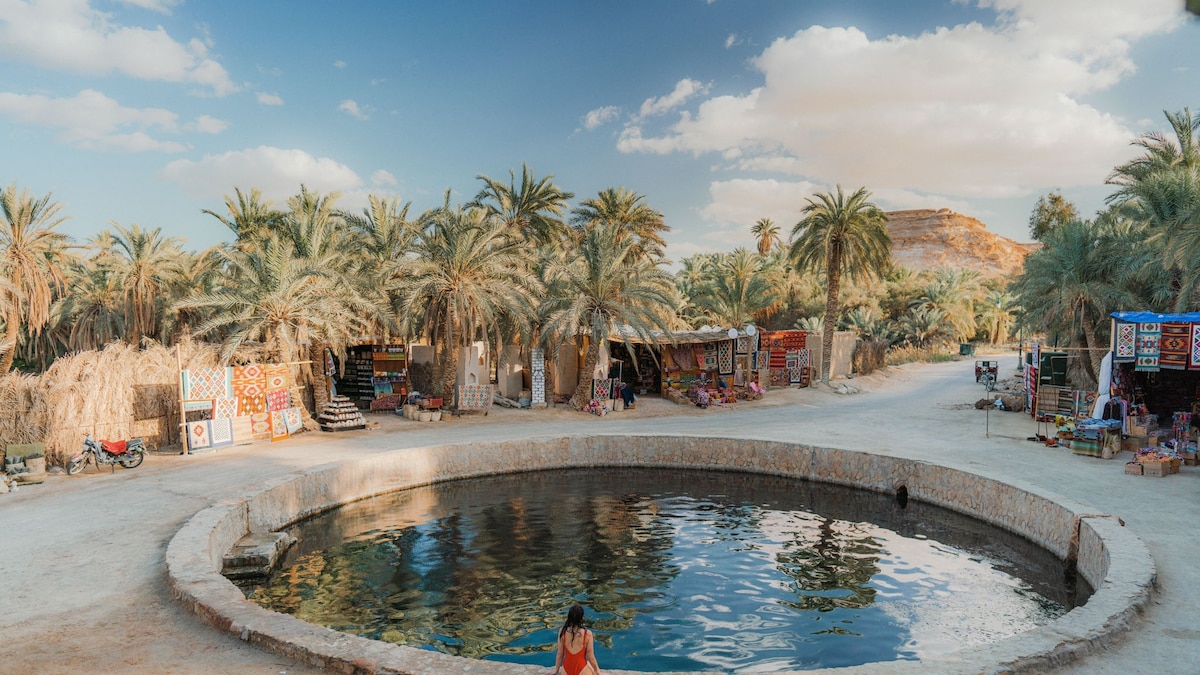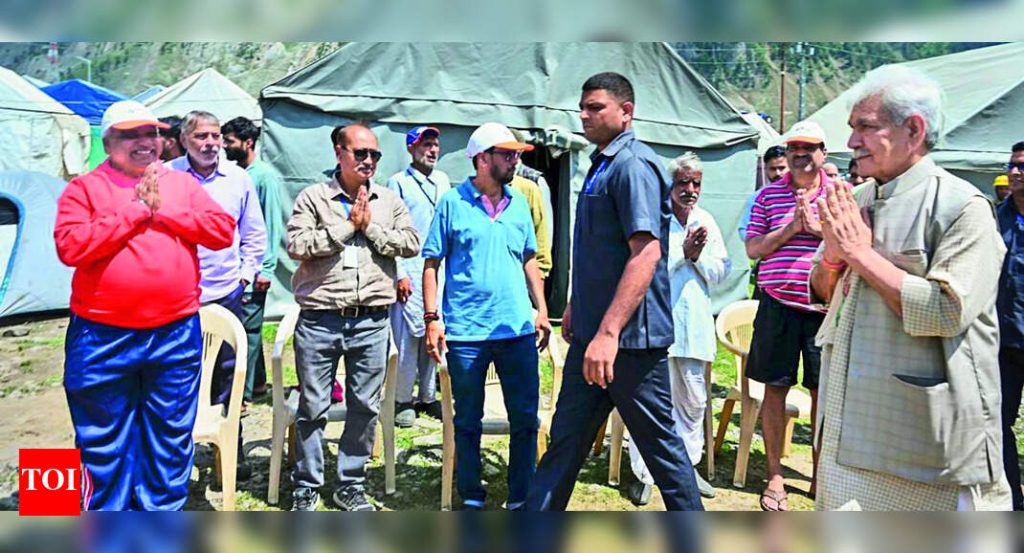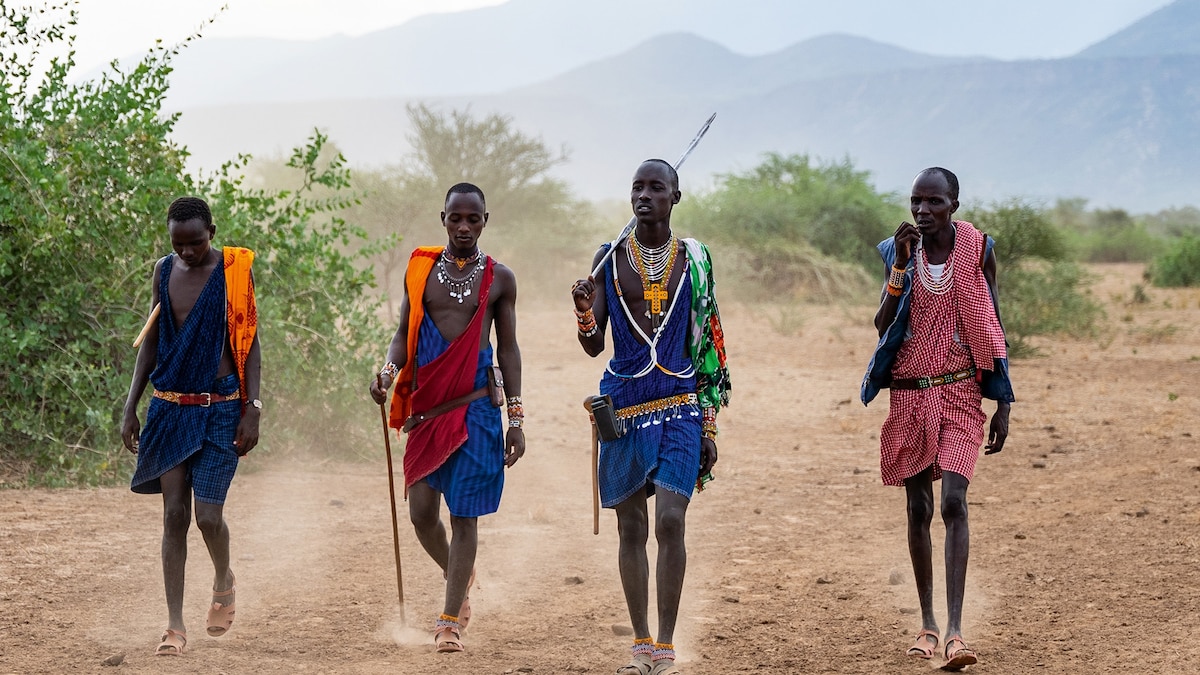Now Reading: Egypt’s Remote Desert Oases: Hidden Gems Unveiled
-
01
Egypt’s Remote Desert Oases: Hidden Gems Unveiled
Egypt’s Remote Desert Oases: Hidden Gems Unveiled

Quick Summary
- Egypt’s oases occupy Egypt’s vast Western desert and are rich in cultural, historical, and natural wonders.
- Fayoum: Features prehistoric Lake Qarun, the hidden Magic Lake, and the Wadi Al-Hitan UNESCO World Heritage Site (world’s largest whale graveyard). Notable for its Fayum Portraits housed in global museums.
- Siwa Oasis: Previously reachable only by camel; attractions include Oracle of Amun ruins, Shali Fortress, Mountain of the Dead tombs, and mesmerizing salt lakes with crystallized shores.
- Bahariya Oasis: Known for Alexander the Great’s temple ruins, Valley of the Golden Mummies burial site with hundreds of gold-covered mummies, Black Desert volcanic remains, and over 400 hot springs.
- Kharga: Vital Roman-era trading hub featuring El-Deir Fortress (preserving diverse historical graffiti) and El Bagawat necropolis containing Christian biblical murals near petroglyph sites.
- Dakhla: Features Deir el-Hagar Temple from Greco-Roman times beneath pink limestone cliffs.Boasts an underground Roman settlement at Al Qasr village beside 600+ natural hot springs.
- Farafra: Egypt’s most isolated oasis; gateway to White Desert with surreal limestone formations resembling moonscapes. Contains Neolithic remnants such as prehistoric cave rock art.
Indian Opinion Analysis
Egypt’s oases serve as time capsules blending ancient history with natural spectacle-offering key symbolism that resonates globally. For India-a nation also steeped in historical storytelling-it reveals how untapped archaeological heritage can become a magnet for lasting tourism. By embracing their respective “hidden gems,” nations like India can learn strategic parallels about balancing preservation alongside eco-kind exploration.
Moreover, accessibility advancements like Siwa oasis’ transition from camel routes to modern travel underscore the long-term economic value infrastructure brings to remote destinations. The effort highlights how India’s own efforts in improving connectivity across underexplored terrains-such as Northeast India’s biodiversity hotspots or Himalayan cultural circuits-could emulate such achievements without compromising ecological sanctity.




























